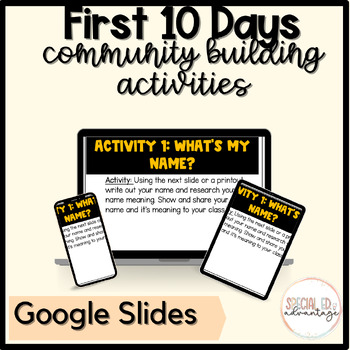At the heart of community building in special education lies the creation of a strong support network. For students with special needs, having a community that understands their unique experiences and challenges is crucial for their overall well-being. By fostering connections between students and their peers, educators, and families, we can create an environment that encourages empathy, acceptance, and genuine support.
When students realize they are not alone in their journey, they gain confidence, develop a sense of identity, and are more likely to achieve their full potential. Additionally, a supportive community helps to alleviate the feelings of isolation and marginalization that some students with special needs may experience. By providing a safe space for sharing experiences, challenges, and triumphs, community building empowers individuals to face their obstacles head-on and celebrates their successes together.

